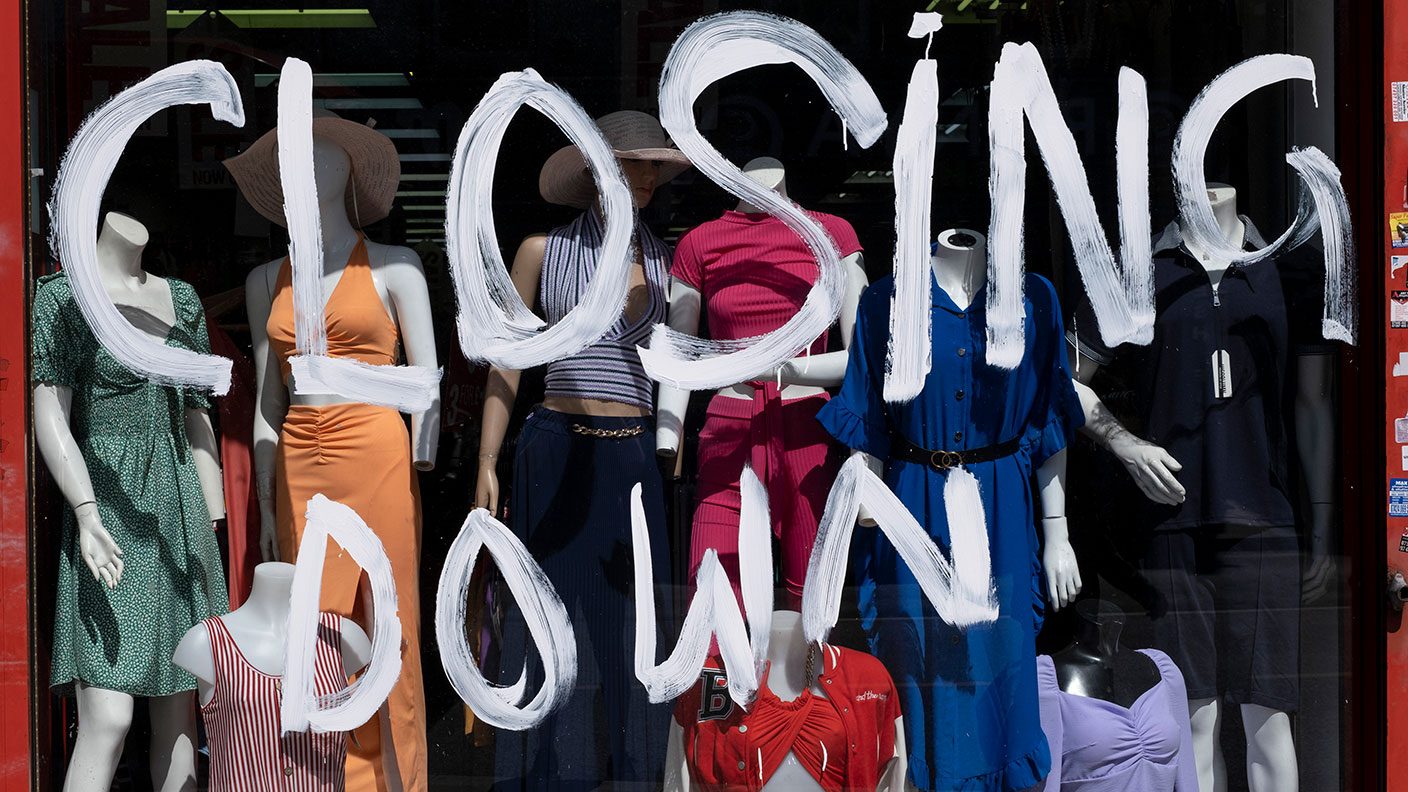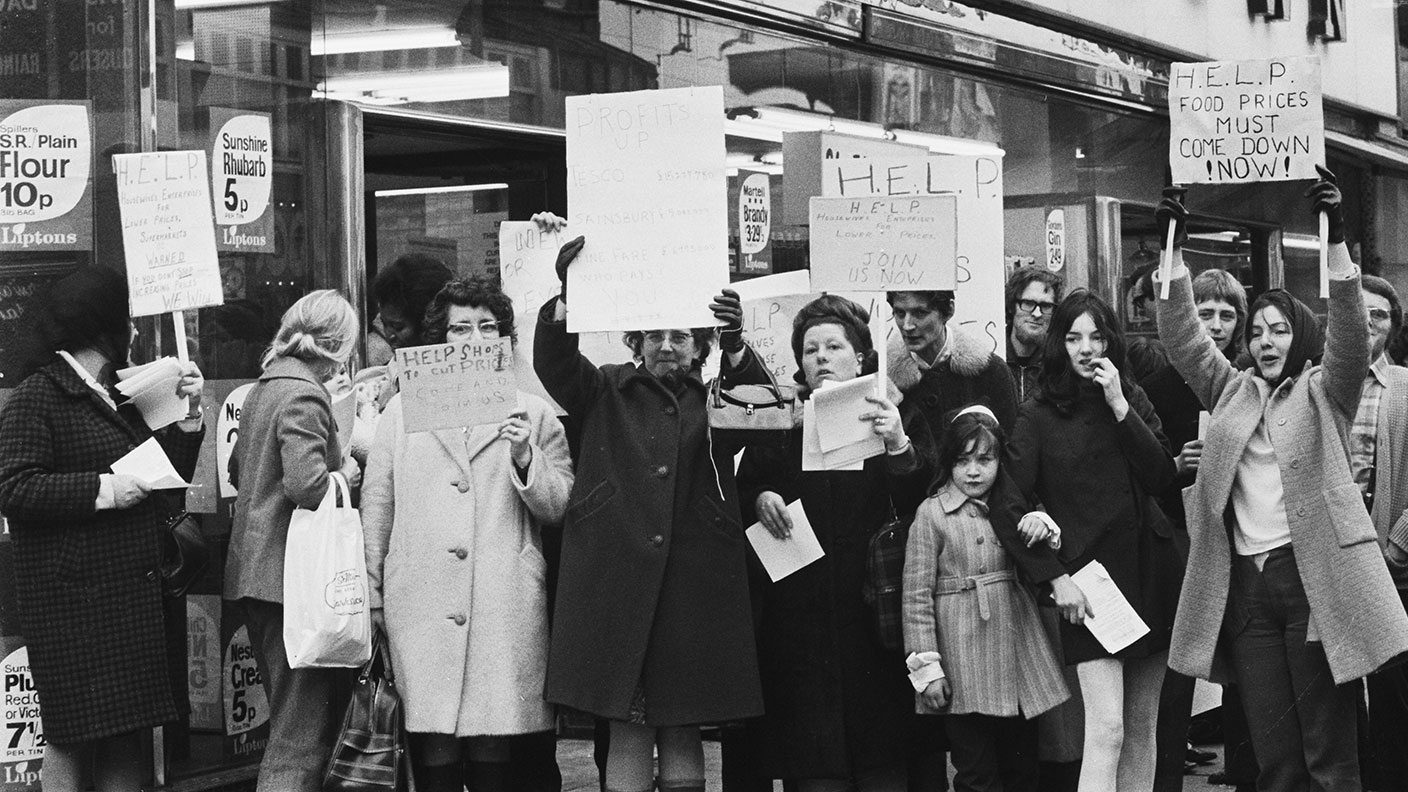Diamonds: don't buy into the illusion
With a single diamond selling for over $35m recently, many analysts are bullish on the future for diamond miners. But high prices are based on an illusion, and investors should steer clear.

There was a fine picture in the newspapers this weekend of Johan Dippenaar of Petra Diamonds holding up a large diamond. A very large diamond it came in at over 500 carats (the average engagement ring is well under one carat). And, being entirely flawless, had just been sold to a Chinese buyer for $35.3m.
So did the buyer get a good deal? That's hard to say. The financial crisis hasn't been good to diamond prices. By mid 2008 the market for new diamonds had all but collapsed. Polished diamond prices fell by a third as retail sales just vanished (30% of US jewellery stores have shut down since the crisis kicked off) and rough diamond prices fell around double that.
So what next?
MoneyWeek
Subscribe to MoneyWeek today and get your first six magazine issues absolutely FREE

Sign up to Money Morning
Don't miss the latest investment and personal finances news, market analysis, plus money-saving tips with our free twice-daily newsletter
Don't miss the latest investment and personal finances news, market analysis, plus money-saving tips with our free twice-daily newsletter
The industry says that the worst is over, that prices have bottomed out and that those of polished diamonds are steady.
And the brokers are tipping diamond miners again. They say that there have been no good diamond finds since the 1990s, so supply could soon be tight. They also point to the huge GDP growth in China as a forewarning of fast-rising demand from the middle class for polished stones (which is presumably why Hong Kong's Chow Tai Fook Jewellery wanted Petra's stone in the first place).
But this might be an area where only fools rush in.
For starters, note that a lot of the things you belive about diamonds aren't really true. Diamonds aren't rare. Turn on to QVC for an hour during one of the jewellery sales if you aren't convinced. No obvious shortage there.
Or take yourself off to a country auction: there you will find you can buy handfuls of second-hand diamond jewellery for a couple of hundred quid.
And right now there are even more diamonds about than usual. The industry is living in fear of Alrosa (which controls 97% of Russian diamond production) dumping its huge inventory on to the market and pushing prices down in the process. The firm did not cut production during the crisis, so its stock of unsold diamonds is now ludicrously large.
Alrosa's vice president told the Antwerp Diamond Symposium late last year that the company would "approach its inventory in a responsible manner." But the point is not how they dispose of it but the fact that the inventory is there at all.
The truth is that when you buy a diamond you buy an illusion you pay a high price for perceived scarcity when there is actually none. Diamond prices rest on little more than the retail market continuing to buy into that high-cost illusion.
But with the Americans (still the largest diamond market in the world by a long way) desperately deleveraging and the Chinese miracle clearly at risk, I'm not sure that is something ordinary investors should be betting on.
Get the latest financial news, insights and expert analysis from our award-winning MoneyWeek team, to help you understand what really matters when it comes to your finances.
Merryn Somerset Webb started her career in Tokyo at public broadcaster NHK before becoming a Japanese equity broker at what was then Warburgs. She went on to work at SBC and UBS without moving from her desk in Kamiyacho (it was the age of mergers).
After five years in Japan she returned to work in the UK at Paribas. This soon became BNP Paribas. Again, no desk move was required. On leaving the City, Merryn helped The Week magazine with its City pages before becoming the launch editor of MoneyWeek in 2000 and taking on columns first in the Sunday Times and then in 2009 in the Financial Times
Twenty years on, MoneyWeek is the best-selling financial magazine in the UK. Merryn was its Editor in Chief until 2022. She is now a senior columnist at Bloomberg and host of the Merryn Talks Money podcast - but still writes for Moneyweek monthly.
Merryn is also is a non executive director of two investment trusts – BlackRock Throgmorton, and the Murray Income Investment Trust.
-
 What are my retirement income options?
What are my retirement income options?We’re all told to save into a pension, but there’s widespread confusion about how to take an income from our savings and investments at retirement, a new study has found. We look at your retirement income options.
-
 UK interest rates: will the Bank of England lower rates?
UK interest rates: will the Bank of England lower rates?The Bank of England’s Monetary Policy Committee’s (MPC) final interest rates meeting of the year takes place tomorrow (18 December) and most experts expect a cut
-
 House prices to crash? Your house may still be making you money, but not for much longer
House prices to crash? Your house may still be making you money, but not for much longerOpinion If you’re relying on your property to fund your pension, you may have to think again. But, says Merryn Somerset Webb, if house prices start to fall there may be a silver lining.
-
 Prepare your portfolio for recession
Prepare your portfolio for recessionOpinion A recession is looking increasingly likely. Add in a bear market and soaring inflation, and things are going to get very complicated for investors, says Merryn Somerset Webb.
-
 Investing for income? Here are six investment trusts to buy now
Investing for income? Here are six investment trusts to buy nowOpinion For many savers and investors, income is getting hard to find. But it's not impossible to find, says Merryn Somerset Webb. Here, she picks six investment trusts that are currently yielding more than 4%.
-
 Stories are great – but investors should stick to reality
Stories are great – but investors should stick to realityOpinion Everybody loves a story – and investors are no exception. But it’s easy to get carried away, says Merryn Somerset Webb, and forget the underlying truth of the market.
-
 Everything is collapsing at once – here’s what to do about it
Everything is collapsing at once – here’s what to do about itOpinion Equity and bond markets are crashing, while inflation destroys the value of cash. Merryn Somerset Webb looks at where investors can turn to protect their wealth.
-
 ESG investing could end up being a classic mistake
ESG investing could end up being a classic mistakeOpinion ESG investing has been embraced with enormous speed and zeal. But think long and hard before buying in, says Merryn Somerset Webb.
-
 UK house prices will fall – but not for a few years
UK house prices will fall – but not for a few yearsOpinion UK house prices look out of reach for many. But the truth is that British property is surprisingly affordable, says Merryn Somerset Webb. Prices will fall at some point – but not yet.
-
 This isn’t the stagflationary 1970s – but neither is it the low-rate world of the 2010s
This isn’t the stagflationary 1970s – but neither is it the low-rate world of the 2010sOpinion With soaring energy prices and high inflation, it might seem like we’re on a fast track back to the 1970s. We’re not, says Merryn Somerset Webb. But we’re not going back to the 2010s either.
